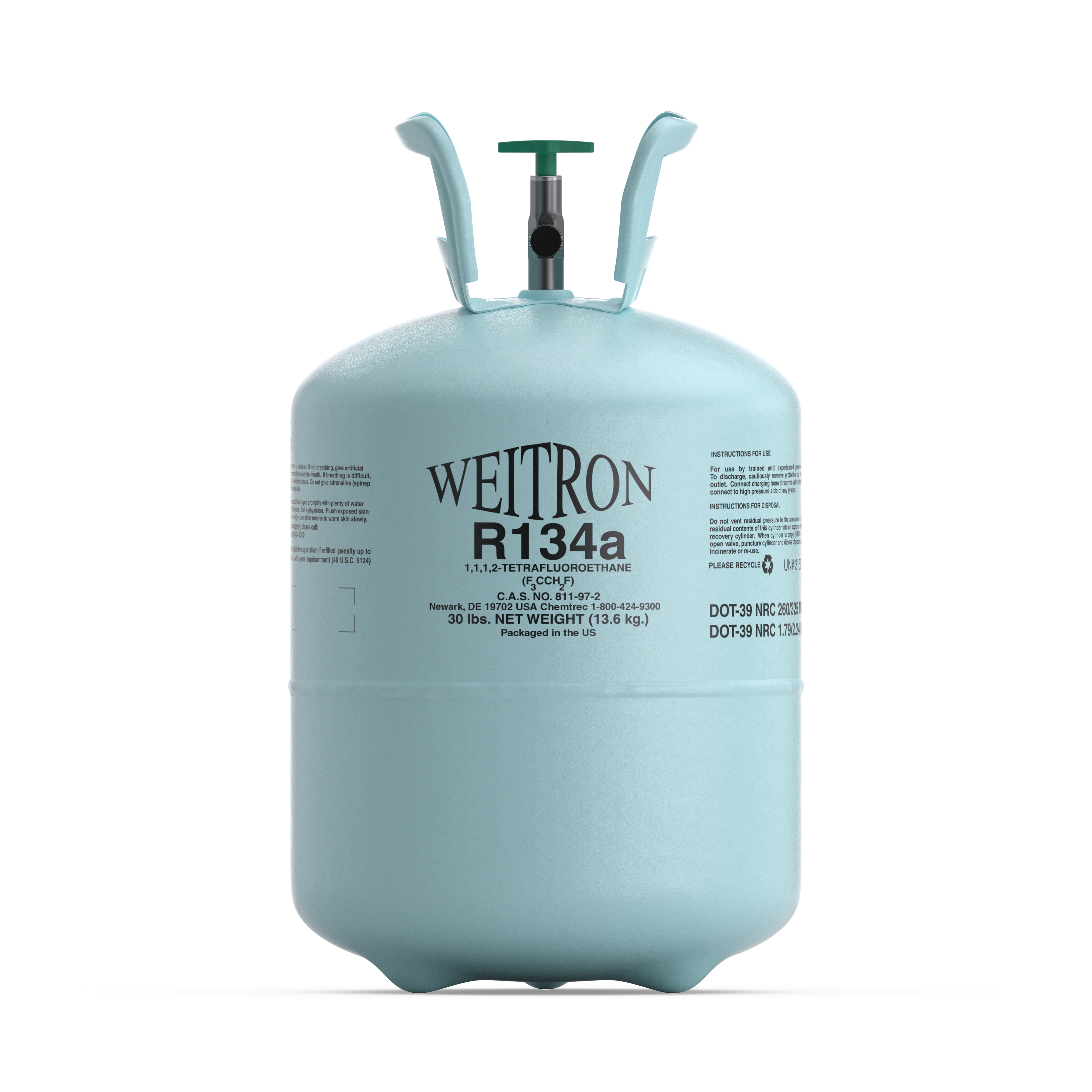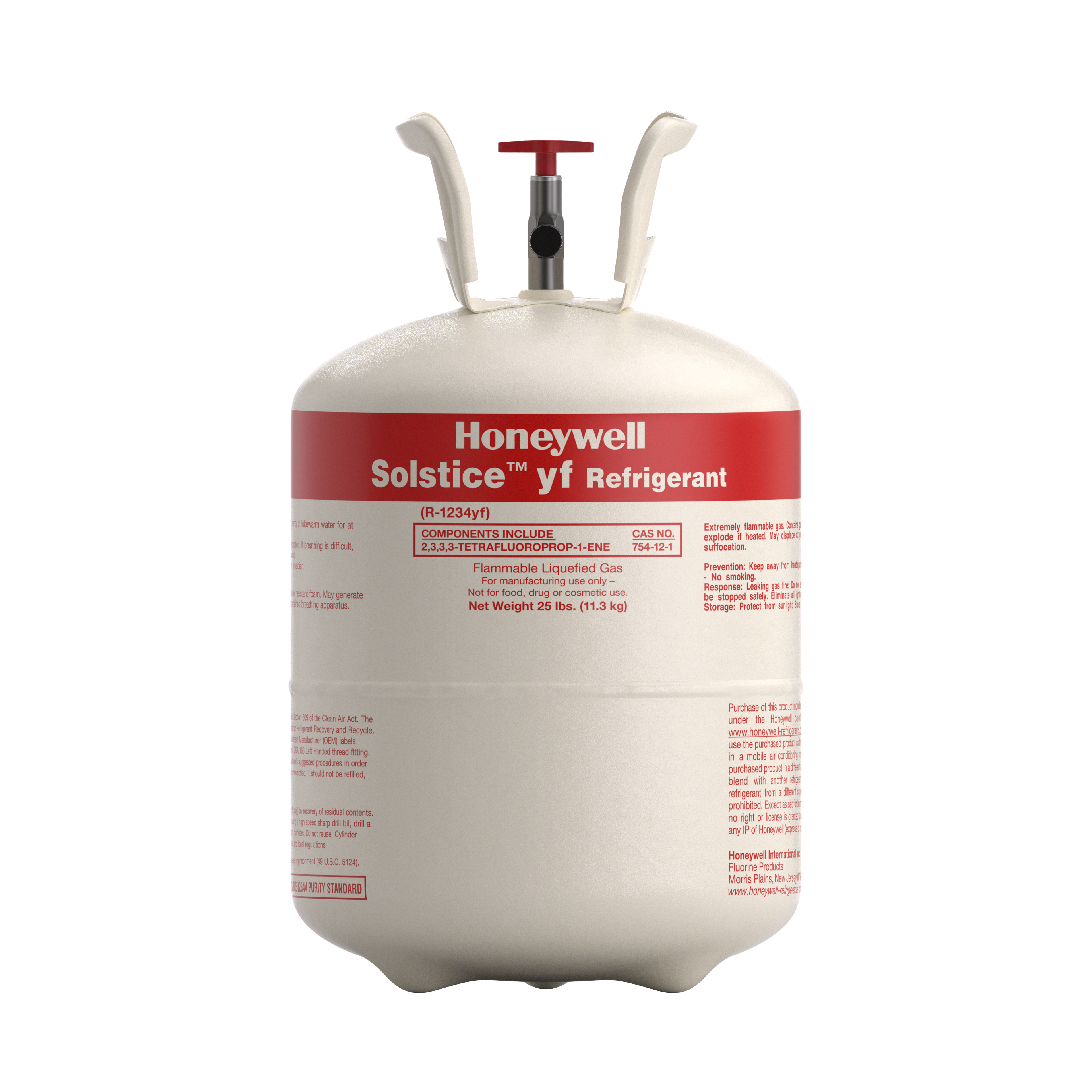The Phasedown of HFC Consumption and Production
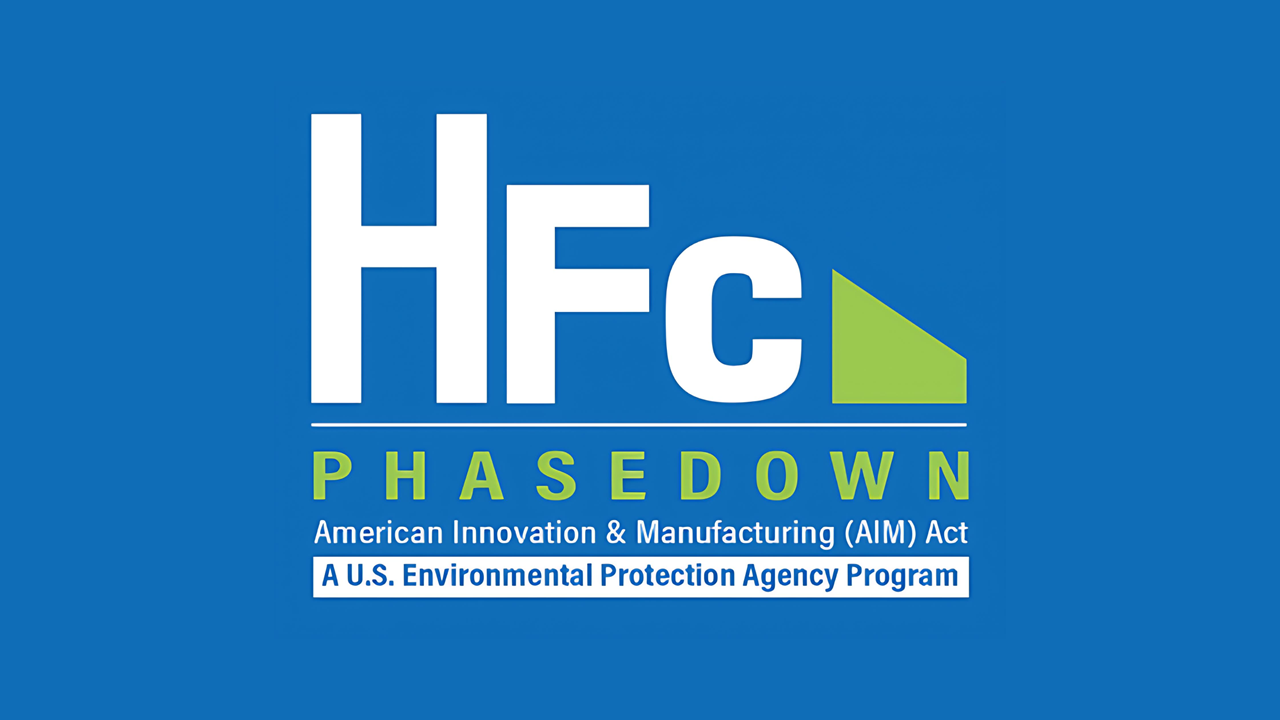
How is the Phasedown of HFC Consumption and Production related to the AIM Act?
The AIM Act (American Innovation and Manufacturing Act) is a federal regulation enacted to reduce the global warming impact of hydrofluorocarbons (HFCs). The AIM Act authorizes the EPA to address HFCs through three main initiatives: the Phasedown of HFC Consumptions and Productions, the Emission Reduction and Reclamation (ER&R) Program, and the Technology Transition Program. As part of the AIM Act, the Phasedown of HFC Consumption and Production aims to eliminate 85% of the consumption and production of HFCs by 2036.
What is the HFC Phasedown and how does it impact the industry?
The HFC phasedown aims to reduce the consumption and production of HFCs to 15% of the baseline level by 2036. This reduction is achieved through a step-wise approach, with annual production and consumption allowances issued to importers, producers, manufacturers, and distributors. While the phasedown encourages the industry’s transition to more environmentally-friendly refrigerants, it also introduces volatility in the HFC market as the product becomes increasingly limited. Companies should stay on top of the market dynamics and adopt tech using alternative refrigerants to ensure compliance with evolving regulations and mitigate challenges posed by reduced HFC availability.
Phasedown Timeline of HFC Consumption and Production
Under the AIM Act, HFC production and consumption allowance will decrease to 15% of the historic baseline level by 2036. The EPA has set periodic goals for the following key years:
Phasedown Timeline
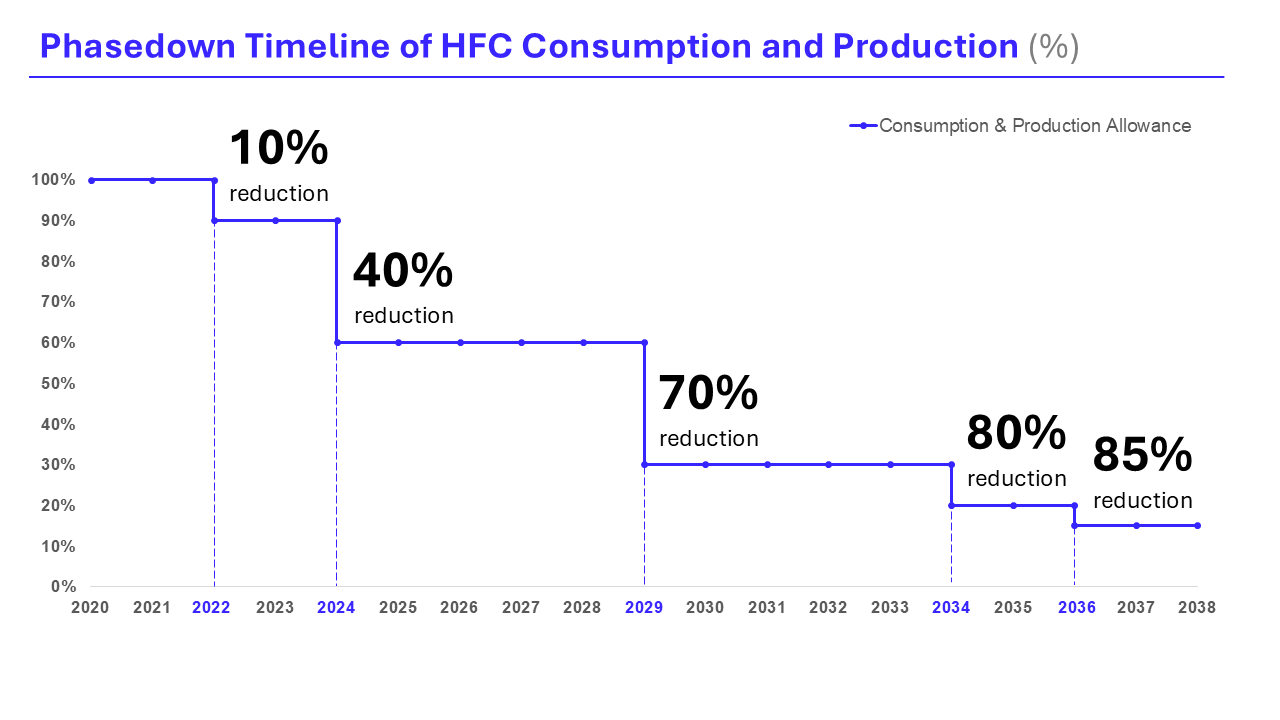
What is an allowance and how does it work?
During the Phasedown of HFC Consumption and Production, HFC allowances are allocated to importers and manufacturers in the form of carbon dioxide equivalent (CO2e). One unit of CO2e equals a unit of GWP. This means that HFCs with higher GWP would require more allowance to produce or import. For instance, a manufacturer with an allowance of 1,430 metric ton CO2e would be able to produce 1 metric ton of R-134a, which has a GWP of 1,430.
EPA allocates allowances to entities based on their market share from the average of the three highest years of HFCs produced between 2011 and 2019. By October 1 of each year, EPA issues allowances for entities to produce or import HFCs in the following calendar year.
What are the benefits of the Phasedown of HFC Consumption and Production?

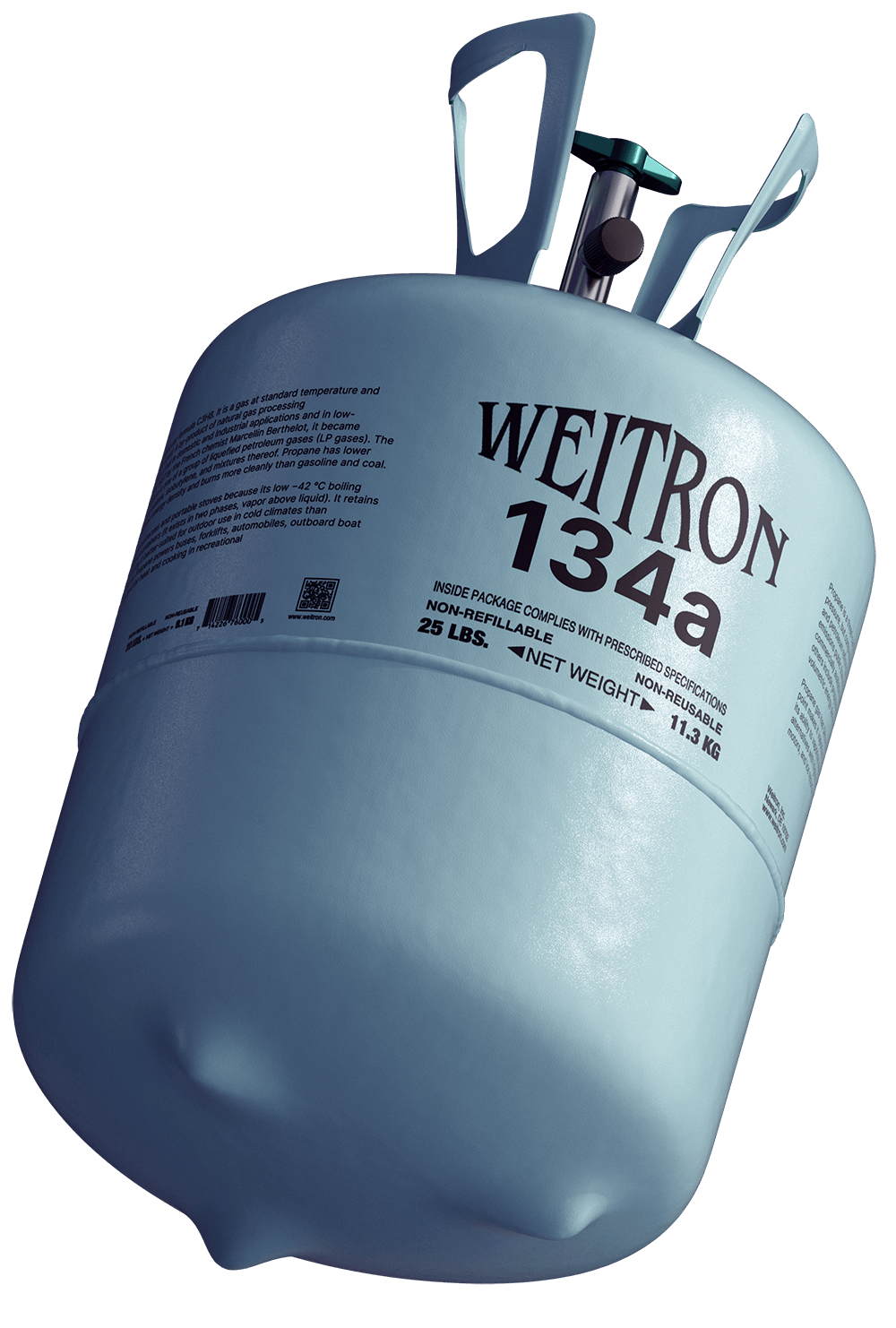
Become a Customer
Already know what products you are looking for? Just contact our sales team to place an order.
If You’re Not Sure Yet...
Not 100% sure what you need? Fill out our brief questionnaire to get started.
FAQ
Weitron serves a variety of industries, including HVAC, automotive, and refrigeration across residential, commercial, and industrial sectors. Our services encompass manufacturing, logistics, technical support, and reclaim solutions.
Aside from tools, all refrigerants are packaged in the USA. We source refrigerants both domestically and internationally, maintaining consistent quality standards for all products.
Weitron has offices and warehouse locations across the United States and China to ensure comprehensive service.
If you already know the products you need, contact our sales team directly. If you’re unsure, you can fill out our product questionnaire to receive tailored assistance.
Order Status: You will receive a shipment confirmation, and our customer service team is available 24/7 for support.
Delivery Time: If the product is available, we ship the same day that the order is received, with standard delivery within the USA taking 2–3 days. We also offer same-day delivery for urgent needs.
Returns: For any return processing, please contact our customer support team.
Certain refrigerants can contribute to global warming and ozone depletion. Weitron provides environmentally responsible refrigerant options, like HFOs and CO2, which have low Global Warming Potential (GWP), to minimize environmental impact.
Yes, Weitron is committed to environmental responsibility. We offer sustainable products, promote reclaimed refrigerants, and continually work to reduce greenhouse gas emissions through reclaim services and eco-friendly practices.
